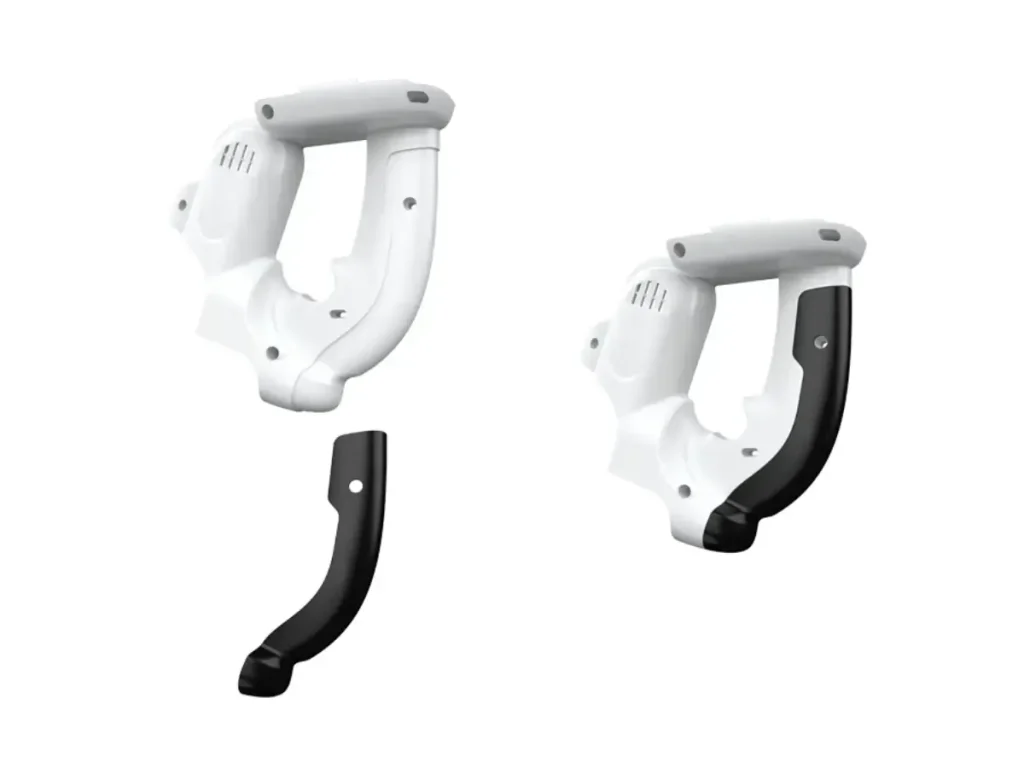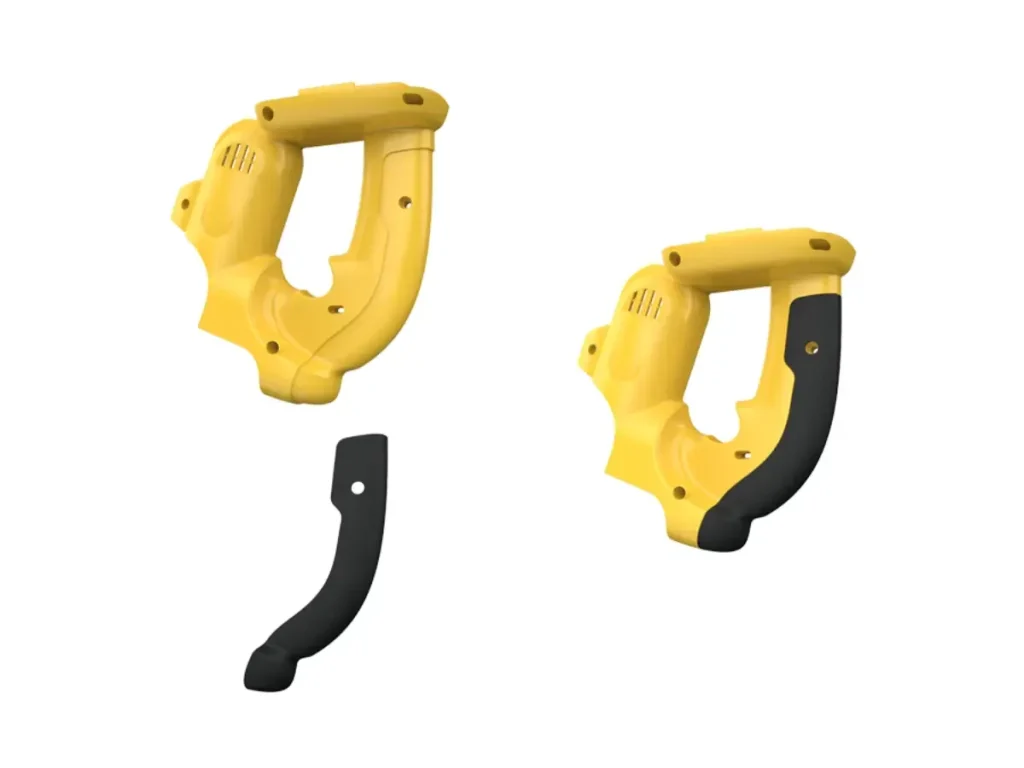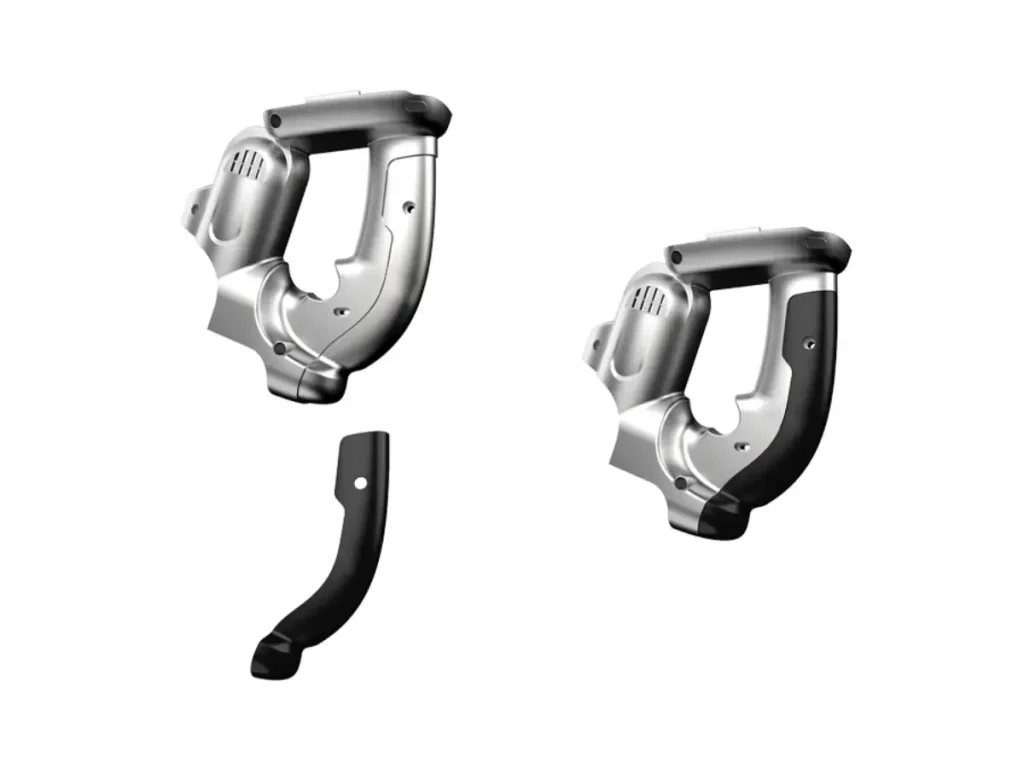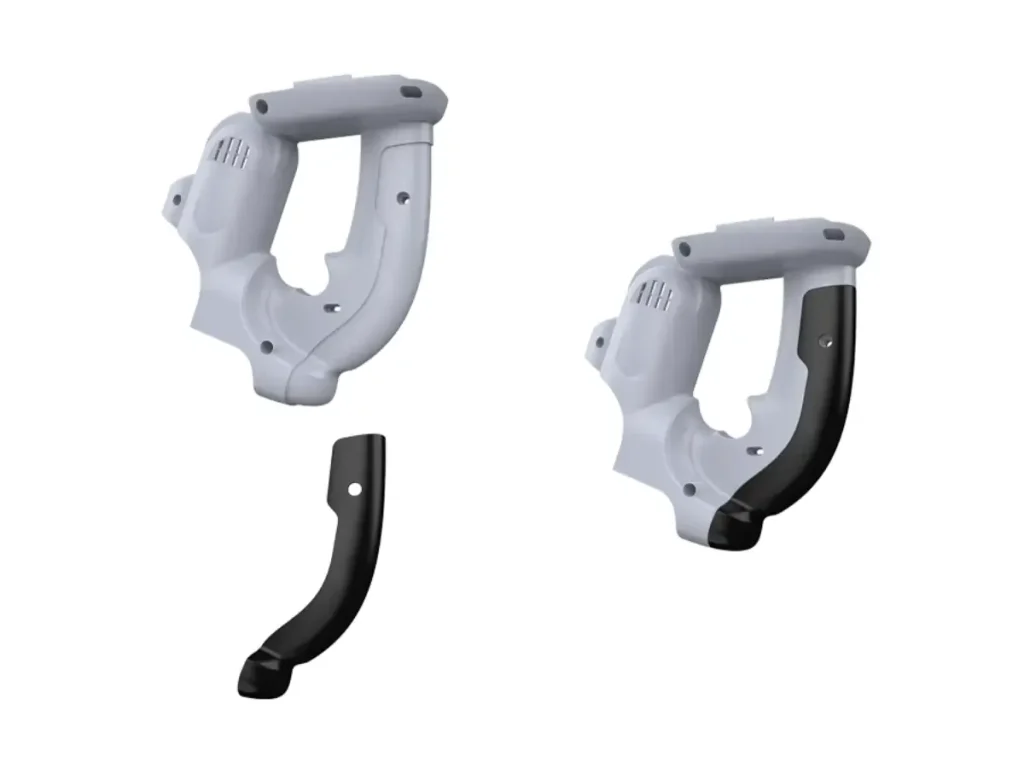Delivering high-quality overmolded parts with precision and efficiency. From rapid prototypes to on-demand production, our tooling services ensure fast turnaround and superior results — sometimes in as little as 2 weeks.
As an ISO-certified company, our standard tolerances are defined by ISO 2768 standards. We offer a range of injection mold tooling tolerances to meet your requirements. Based on your design, we can reach tight tolerances up to +/-0.02mm.
We guarantee quick turnarounds with streamlined processes and designated assembly areas, guaranteeing that your products are delivered on time without sacrificing quality.
Take advantage of Bludeek’s knowledgeable specialists, who combine extensive expertise, rigorous training, and the newest techniques to provide unmatched assembly quality.
Insert molding is an advanced injection molding process where plastic is molded around a pre-placed insert, which can be made of metal, plastic, ceramic, or other materials. The insert is positioned in the mold cavity, and molten plastic is injected around it, creating a strong, permanent bond. Metal inserts, such as aluminum or stainless steel, add tensile strength, durability, and even conductivity, making this process ideal for functional and high-performance parts. On cooling, the plastic solidifies around the insert, producing a robust and long-lasting component. With RapidDirect’s insert molding services, you can efficiently manufacture durable, high-quality parts with enhanced mechanical or electrical properties.

A key process for mass production, this involves machining and assembling durable molds from steel or aluminum to achieve precise and repeatable part geometries.

This overmolding process fuses different materials to improve product functionality and aesthetics, adding features like soft grips, ergonomic surfaces, or multi-color designs.

Insert molding integrates metal or other substrates into plastic components during molding, improving strength and reducing assembly time for parts with embedded features.

Similar to plastic-over-metal, this process embeds rubber or elastomers onto metal parts, enhancing usability and durability for high-performance applications.
Get fast design validation with high-quality prototype tooling. Produce small batches of plastic parts to test functionality and assess market interest. Our prototype molds, made with steel cavities and cores, typically achieve 1,000 to 5,000 shots and can be delivered within two weeks.
We manufacture high-performance production molds for large-scale plastic part production. Using durable tool steel, our molds are designed to produce hundreds of thousands of parts with precision. Depending on your project, materials and construction methods can be customized. Typical molds endure up to 10,000 shots, with production ready in about three weeks.
While there are various similarities between overmolding and insert molding, there are also certain differences you must note. Here’s a video to explain the vital differences between these valuable processes
Overmolding is a specialized injection molding technique that combines two or more materials into a single part. A rigid base, or substrate, is molded first, followed by a secondary material — often a softer thermoplastic or elastomer — that bonds to the substrate. This enhances functionality, grip, aesthetics, and durability. Overmolding is widely used in automotive, medical, and consumer products to simplify assembly and improve product performance.
While both are advanced molding techniques, the processes differ:
Overmolding: Adds a second material over an existing molded part to enhance grip, comfort, or aesthetics.
Insert Molding: Embeds a pre-made component, such as metal or electronics, into plastic during molding for structural strength.
Overmolding is typically chosen for ergonomic and design-driven parts, whereas insert molding focuses on functionality and integrated components.
Overmolding can involve a variety of materials depending on performance needs:
Thermoplastics: Polypropylene (PP), Polyethylene (PE) — durable and versatile.
Thermoplastic Elastomers (TPE/SBC): Soft, elastic, and flexible for grips or seals.
Silicone: Heat-resistant and biocompatible, ideal for medical or consumer devices.
Polyurethane (PU): Cushioned, abrasion-resistant, used in automotive and footwear.
Rubber (EPDM, NBR, etc.): Excellent for vibration damping, grip, and outdoor applications.
Successful overmolding depends on careful planning of:
Material Compatibility: Ensure adhesion and thermal properties match to prevent delamination.
Part Geometry: Use ribs, grooves, or undercuts for better mechanical bonding.
Mold Design: Optimize flow, venting, and gating for even coverage.
Tolerances & Clearances: Account for thermal expansion and shrinkage to maintain precision.
Yes! Both silicone and EPDM can be overmolded when proper precautions are taken:
Silicone: Works well with thermoplastics for enhanced flexibility and aesthetics; surface preparation and precise temperature control are essential.
EPDM: Ideal for automotive and outdoor parts due to its weather resistance and flexibility; adhesion and process control ensure durable, reliable parts.